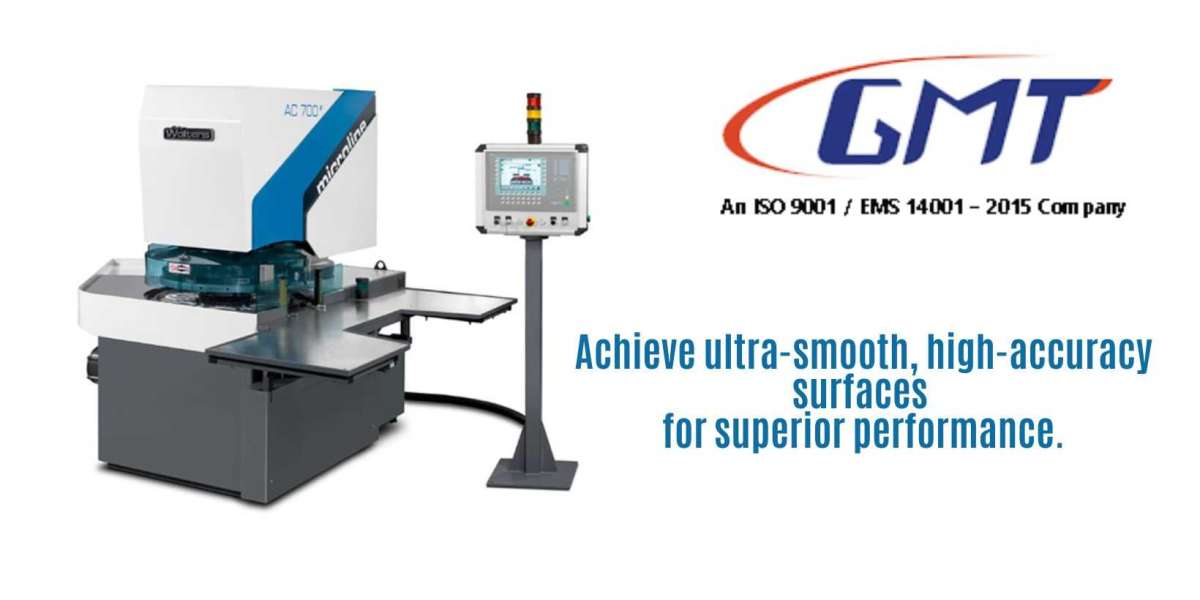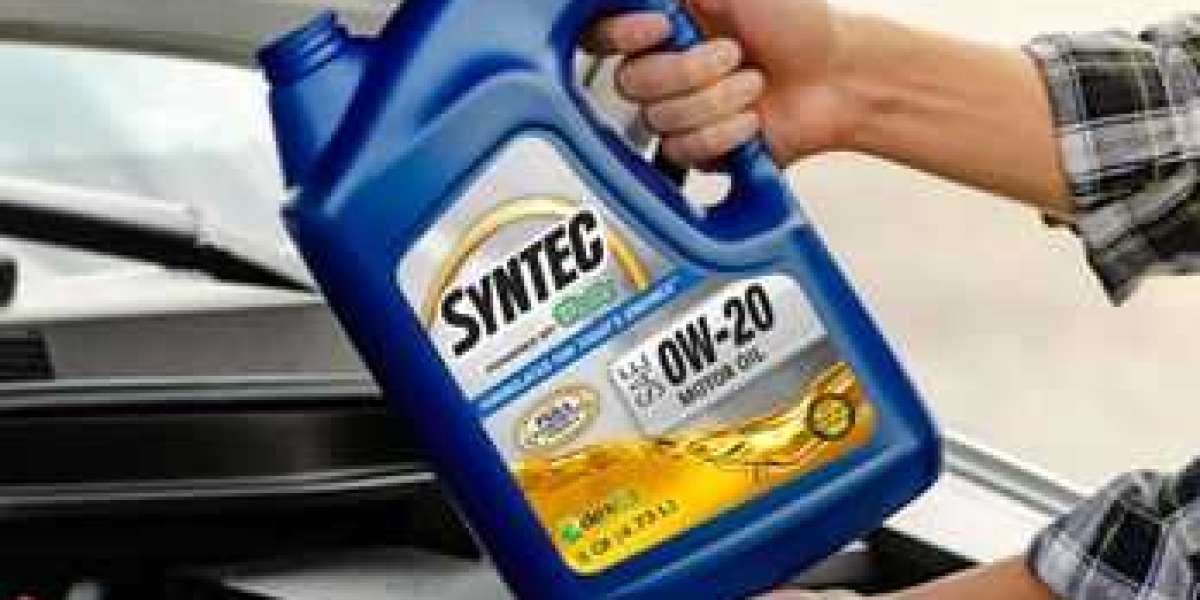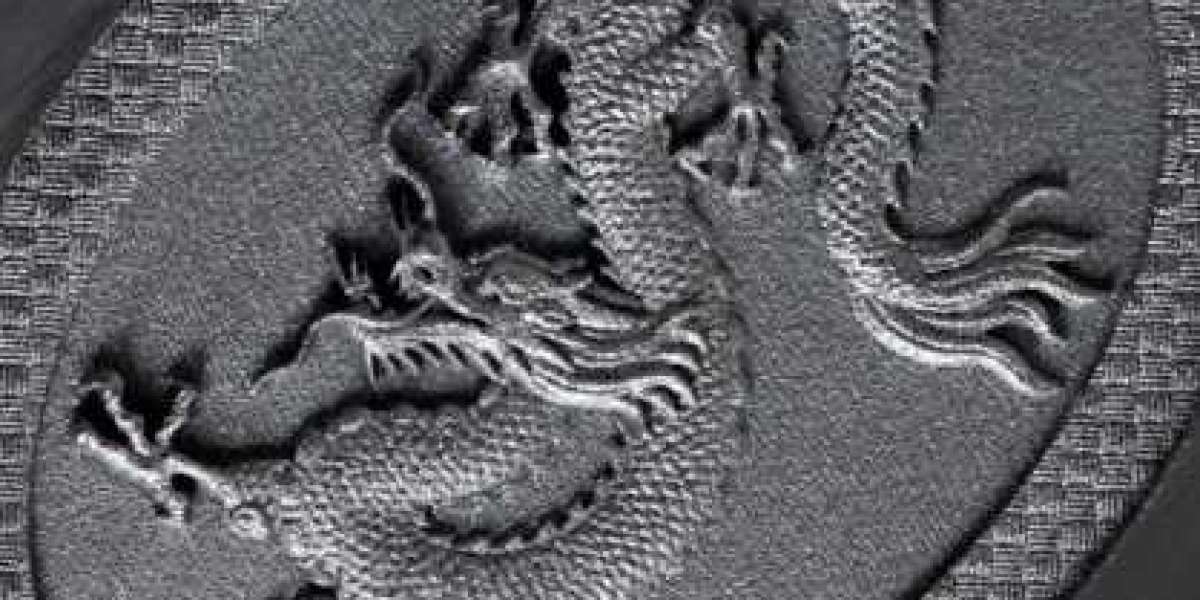Introduction
In today’s competitive manufacturing world, precision and surface quality are critical factors that define the performance and longevity of components. In industries such as aerospace, automotive, medical, and semiconductors, attaining a perfect surface finish is absolutely essential. This is where lapping machines come into play. These high-precision machines enhance surface quality, ensuring that parts meet exact specifications with microscopic accuracy.
But how exactly do they improve surface quality? This article explores the mechanics, benefits, and real-world applications of these machines, helping manufacturers make informed decisions about integrating them into their processes.
The Science Behind Lapping and Surface Perfection
Lapping is a controlled material removal process that produces an ultra-smooth, high-precision surface finish. Unlike grinding or polishing, which often introduce micro-abrasions or irregularities, lapping ensures uniformity, parallelism, and superior flatness.
Key Factors That Enhance Surface Quality
Micro-Level Material Removal
Lapping removes material at a controlled rate, typically in the range of microns, preventing surface damage and maintaining dimensional accuracy.
Consistent Surface Flatness
Using precision-engineered abrasive particles, lapping minimizes variations and delivers a mirror-like finish, essential for sealing surfaces and optical components.
Minimized Friction and Wear
A smooth, defect-free surface reduces friction between moving parts, enhancing efficiency and extending the lifespan of mechanical components.
Precision Control Over Surface Roughness
Manufacturers can adjust parameters such as pressure, speed, and abrasive type to achieve the desired surface roughness, optimizing performance in critical applications.
Uniformity Across Large Areas
Unlike conventional methods, lapping ensures consistent quality across large surfaces, reducing the need for post-processing and rework.
Industries Benefiting from Enhanced Surface Quality
1. Aerospace Automotive
Aircraft and high-performance automotive components demand exceptional surface accuracy. Lapping ensures that engine parts, turbine blades, and fuel injectors operate with minimal resistance, improving efficiency and reliability.
2. Semiconductor Optics
Microchips and optical lenses require extreme precision. Lapping refines wafer surfaces and enhances light transmission in optical instruments, ensuring seamless performance.
3. Medical Biotechnology
From surgical implants to laboratory instruments, surface smoothness plays a crucial role in reducing contamination and ensuring biocompatibility. Lapping enhances the reliability of medical devices used in life-saving procedures.
4. Industrial Manufacturing Tooling
Precision tools, dies, and molds rely on lapping to maintain exact dimensions, eliminating imperfections that could affect product quality and functionality.
Strategies for Maximizing Surface Quality with Lapping Machines
Choose the Right Abrasive Material
The selection of abrasive grains—diamond, aluminum oxide, or silicon carbide—impacts the final surface finish. Tailoring the abrasive to the material ensures optimal results
Optimize Pressure and Speed
Applying uniform pressure and maintaining a controlled speed prevents surface irregularities and improves consistency across the workpiece.
Use High-Quality Lapping Plates
The choice of lapping plate material (cast iron, ceramic, or composite) affects precision and longevity. Matching the plate to the application prevents contamination and ensures even wear.
Implement Automated Monitoring Systems
Advanced lapping machines integrate real-time monitoring to adjust parameters dynamically, reducing human error and achieving repeatable accuracy.
Regular Maintenance and Cleanliness
Contaminants in the lapping compound can degrade surface quality. Routine maintenance, proper filtration, and clean work environments preserve the integrity of the process.
Final Thoughts: Precision Redefined
As industries push the boundaries of precision engineering, the role of lapping in enhancing surface quality becomes indispensable. Whether in aerospace, semiconductors, or medical technology, the impact of a flawlessly finished surface is undeniable. By leveraging advanced techniques, selecting the right materials, and adopting best practices, manufacturers can elevate product quality, reduce wear, and optimize performance.
The future of precision manufacturing is defined by innovation, and these machines are at the heart of this evolution. As technology advances, their capabilities will continue to refine how industries achieve perfection—one micron at a time.








